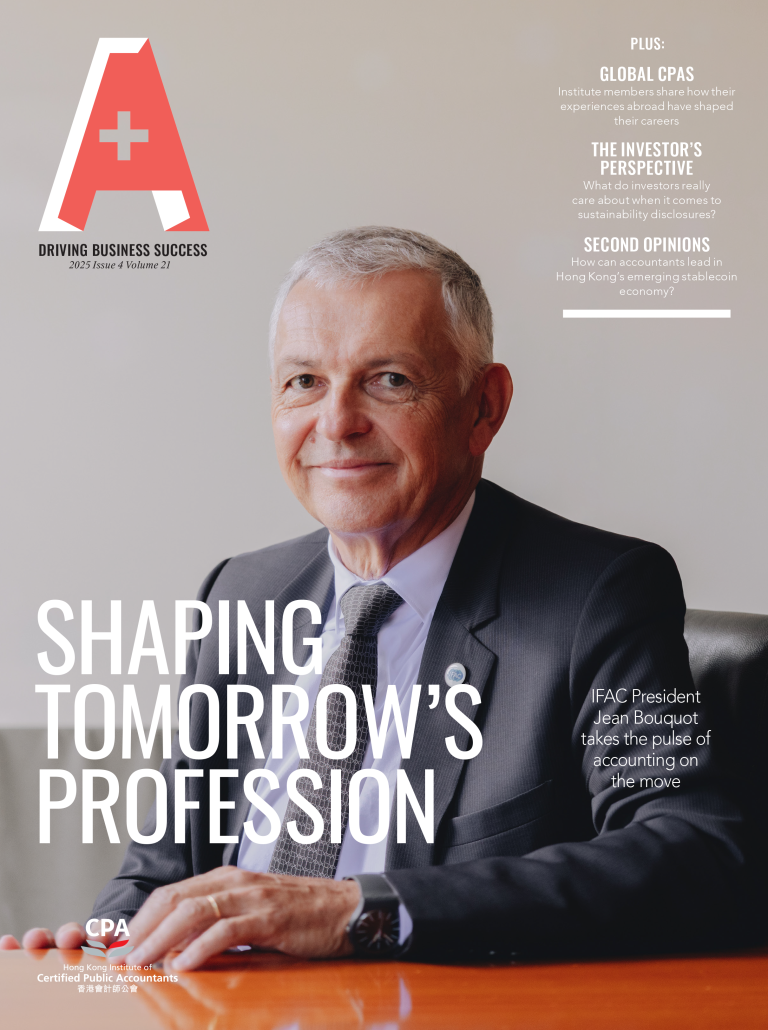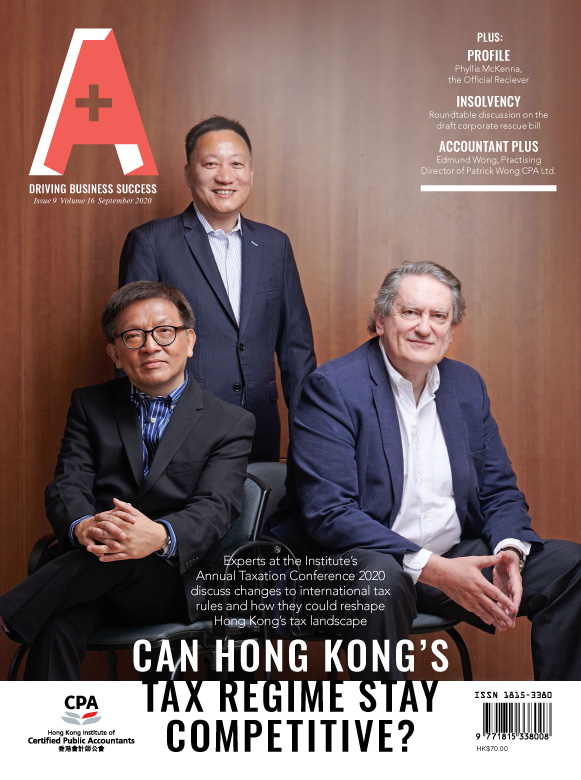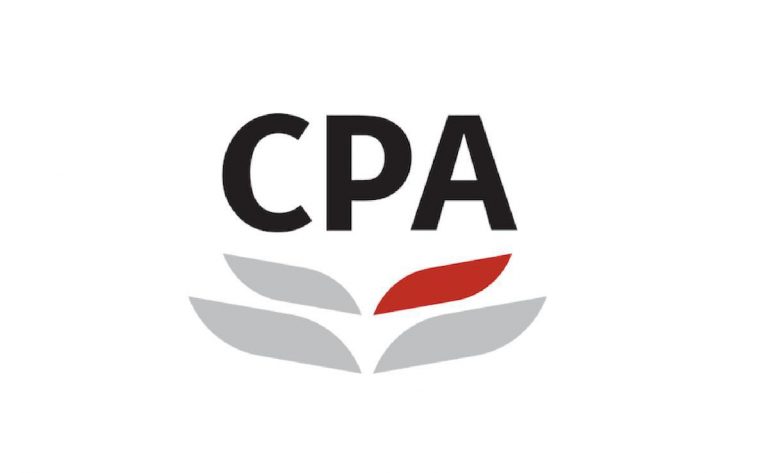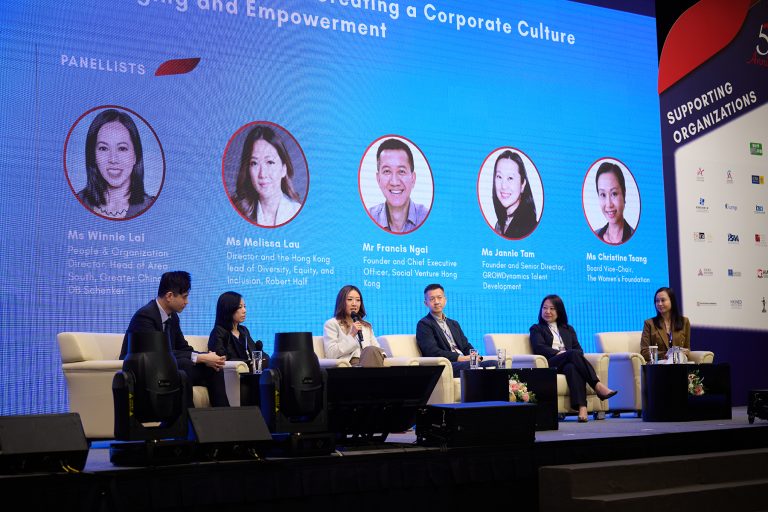Irene Chu, Partner, Regional Leader of Inclusion and Diversity Council, KPMG China and an Institute member
Many organizations approach the subject of diversity and inclusion by focusing only on gender, age, ethnicity, religion or sexual orientation. While having a representative workforce is important, teams with diverse backgrounds do not necessarily translate into true diversity.
True diversity refers to differences at a much deeper level. They lie in the way we think, our attitudes, perception or tendency towards the external environment, and how we learn, obtain, process and apply knowledge etc. This type of diversity can be referred to as cognitive diversity. Cognitive diversity allows individuals and teams to not only apply what we have learned from the past (what most people do) but also to discover what we don’t know and learn from others or new knowledge. A 2017 Harvard study also showed that teams with a high level of cognitive diversity deliver high performance. It supports accelerated learning and is particularly important to businesses, especially as they operate in highly uncertain environments and face highly complex problems today.
To nurture a diverse and inclusive culture, businesses should develop better ways to identify cognitive differences in their recruitment process and avoid hiring people who think the same way. For instance, at KPMG, we hire many graduates who do not major in accounting or business subjects and have different personalities, traits and cognitive styles. Our experience shows that having a truly diverse team to tackle complex client issues can often yield better and more innovative solutions.
It is also important to cultivate an environment where people feel comfortable and safe to speak up and ask difficult questions. We encourage our people to challenge the status quo and also propose new ideas. Many of our firm-wide initiatives and programmes such as religious and lesbian, gay, bisexual, and transgender-support groups originated and are being led by our younger colleagues. As our people are empowered to make decisions, we not only share and celebrate successes, but we also want them to feel safe to fail and try again. Last but not the least, diversity and inclusion is a journey, and we need to maintain a growth mindset so that we keep learning and improving.
When employees feel comfortable to be themselves and appreciate each other’s differences, they can leverage those differences by collaborating and tackling problems more creatively.
Achieving diversity requires leaders to lead with purpose and commit to taking action to bridge the gap between their aspirations and reality. Leaders should also recognize that they do not have all the answers. By consistently drawing on a diverse range of capabilities, skills, experiences, personalities of their people, leaders can achieve better outcomes.
“Businesses should develop better ways to identify cognitive differences in their recruitment process and avoid hiring people who think the same way.”
Patricia Dwyer, Founder and Director, The Purpose Business
Diversity should be encouraged at every level of an organization. Here are three things for organizations to consider to improve their diversity.
Top of the tree: Hire differently. When the next board seat opens up, look around the room. Are you all alike? As part of transformation, could you bring in a different expertise or background? Beyond simply going for more women on the board, could we explore being truly inclusive in the way we evaluate potential new members? Someone who brings a retail experience to a table of bankers and lawyers? Accountants have moved to environmental, social and governance (ESG) due diligence work and some fund managers who have come from accounting backgrounds have found themselves better equipped in navigating ESG reporting. Lawyers have become vice chairs of technology companies, retail leaders have moved to banks and grassroots charity members have moved to corporate roles. It’s possible to push for diversity in the boardroom by mixing functional expertise with a variety of backgrounds and perspectives – and they all lead to a healthier decision-making process.
Trunk: Junk the silos. If there are challenges in the accounting team, could we ask sales or human resources for outside-the-box solutions? Create “intra-preneurial” projects that promote cross-function collaboration across departments that otherwise would never work together. Pair up different roles from different markets, so employees learn about other cultures, and get best practices to be shared, etc.
At the roots: Revamp the recruitment strategy to drive the future-proofing of business. PwC went on an acquisition spree with design and innovation companies in cities including Hong Kong, Stockholm and Dubai as part of its global push to strengthen its digital innovation, experience consulting and service design portfolio. With experts in ESG, sustainable finance, and climate change and decarbonization, KPMG has launched “KPMG Impact” to bring in partner organizations and build “an experienced network of professionals from across the globe to deliver industry leading practices, research and trusted client solutions to address the biggest issues facing the planet, having a real and positive impact today and for our collective future.”
“Beyond simply going for more women in the board, could we explore being truly inclusive in the way we evaluate potential new members?”
Steve Ng, Audit Partner, Head of People and Culture, Grant Thornton Hong Kong and an Institute member
Nowadays, the human resources department is not just a supporting role in an organization. It is part of the management team with value-added functions like training, talent retention and corporate culture development. Therefore, we renamed our human resources department as “People and Culture.” People and culture are important to the sustainable growth of an organization. One of the key elements of this is diversity and inclusion. Diversity of thought, background and experience enable great decision-making, innovation and help us meet and understand the needs of our clients. Here are a few tips for creating a diverse and inclusive organization.
Inclusion isn’t fluffy: To advise your clients effectively, it’s vital that you offer diverse perspectives – this goes beyond gender and ethnicity. You have to be committed to making sure that the opportunities within your organization are accessible for everyone and that you are representative of society.
Diverse teams perform better than expert teams: Evidence shows that diverse teams actually perform better than expert teams. If you have previously relied on a homogenous and expert team to make decisions, go and seek more views and you may find that better decisions will be made. For example, we work closely alongside secondees from our member firms and implement their ideas in serving our clients locally.
Creating an inclusive workplace starts at the top: According to our recent survey, just one in 661 people believe that an unconscious bias affects decision-making. However, we all have biases. You need to challenge biases when you identify them and create an environment where people feel safe to speak up. Top management has to render full support in getting staff to call it out.
Data helps you understand what you need to change: Sometimes little things, like making sure that you have the right data, can help you really understand the challenges you face. For example, by identifying the ethnicity of the employees, one can effectively calculate the ethnicity pay gap within a firm.
Transparency is key: You need to be really honest with yourself about where you are and make realistic and pragmatic commitments to change that you can actually deliver.
With the recent outbreak of COVID-19, many organizations allow their staff to work from home, which makes maintaining diversity and inclusion within the business a big challenge. Do not drop this issue from your agenda and try not to make your staff feel isolated during this difficult period.
“You need to challenge biases when you identify them and create an environment where people feel safe to speak up.”

















